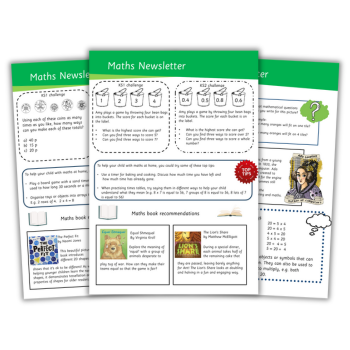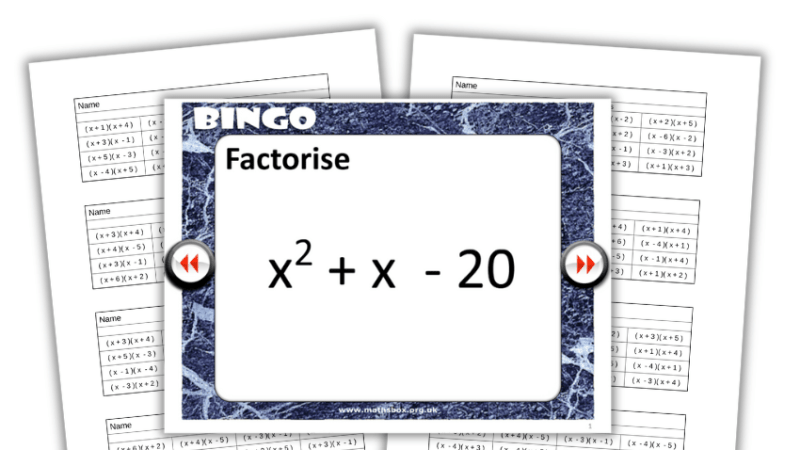KS2 maths – Polya’s problem-solving

From groans and panic to calm and curiosity – how Claire Coolin made systematic maths lessons less scary…

Are you met with groans when you utter the term ‘problem-solving’ to your class?
We all agree that it’s is an important aspect of the curriculum and indeed a life skill, but yet remains a divisive topic of conversation with pupils, parents and colleagues.
So, what is the problem with problem-solving?
My Year 5 class were high-achieving. In general, they enjoyed maths but when it came to problem-solving many of them froze.
They showed disinterest, nervousness and confusion, saying things like, “The information is hard to process,” and “I couldn’t understand the information as it was just a block of words”.
Interestingly, pupils found the lessons boring when the problems that they solved followed the same routine and pattern, and didn’t provide a level of challenge, interest or excitement.
These routine problems ‘took the fun’ out of maths for them, and while using skills such as addition, subtraction, and so on are all part and parcel of problem-solving, is this what we are trying to achieve here?
Routine and non-routine problems
Problem-solving can show an in-depth understanding of mathematical concepts where pupils are required to manipulate numbers in order to get to an answer.
However, while routine problems might be easier for the children to solve, they are not aligned to maths in real life.
We don’t live our adult lives practising budgeting for the weekly supermarket shop from Monday to Thursday, with the real deal happening on Friday. Rather, real-life problems can often be spontaneous, unexpected and at first have no obvious solution.
Should we therefore be teaching pupils what to do with the unexpected? Should we be equipping them with the skills to solve non-routine problems? I think the answer is, yes, most definitely.
Polya’s problem-solving
So what can be done? Is it enough to tell the children in your class to highlight the important words in the problem?
While this might have helped a few of my pupils to see a way forward, for many this just became a colouring exercise with an impressive array of fancy highlighters on show.
And so I began an action research project to find answers. After poring over many academic articles, I came across Polya’s problem-solving cycle: a cyclical four-step process that could be used to solve any problem, in maths or otherwise. The steps are:
- Understanding the problem
- Devising a plan
- Carrying out the plan
- Looking back and reflecting
Polya’s process was something I wanted to introduce to my class, and so I taught this way of thinking about a problem over a term. The results were surprising and long-lasting, with four key takeaway points.
I found that the cycle:
Developed time management skills and enhanced focus
Polya’s cycle automatically forced students to work through each phase in turn, slowing them down and therefore helping them explore the problem with a more thoughtful and connected approach.
Instead of jumping straight into the doing, the children took time to think about their understanding of what was being asked, and would often get out a dictionary to look up a word they didn’t know the meaning of, or on one occasion, a child even dusted off the ‘never-really-used-before-but-every-class-has-one’ maths dictionary to look up the meaning of a mathematical term.
Equipped all students with a strategy for tackling any maths problem
When talking to a group of pupils in my class about problem-solving, I recall them saying, “I can’t work out if I should multiply or add or subtract or whatever.”
This is true for many students and can lead to them freezing, or in some cases, frantically adding and subtracting numbers – essentially jumping straight into phase three.
They needed a strategy. Using the problem-solving steps gave my class a framework, allowing them to think in a logical way.
Straight away, students unfroze, the manic scribbling stopped, and they started from a phase one and worked through the problem more systematically.
Allowed pupils to see the link between maths and the real world
When I asked my class why they thought we were learning about problem-solving, I was met with answers about becoming better at maths.
But after using Polya’s steps, the children began to see how the skills in solving maths problems are the same ones used in solving real-world problems.
For example, they realised that if a maths problem can be divided into chunks, then so could any problem.
One sunny afternoon, a couple of students came to me to help solve their playground argument. You can imagine my utter surprise when one of the students said, “I think first we need to understand why we have fallen out then we can come up with a plan to put it right.” Real life problem-solving in action!
Equipped students with the necessary tools to engage with challenge
Having challenge in any subject is important, but having the right level of challenge is even more so.
Routine problems can remove that challenge for many, and one of my pupils commented that, “You shouldn’t do lots of the same as it gets too easy. You don’t want to spoil it by knowing all the answers.”
Using Polya’s problem-solving steps with non-routine problems gives the more able pupils enhanced scope and freedom to try out and manipulate numbers in different ways, while giving that scaffolding to support the less able in the class.
So, what now?
What have I learned from this experience? Well, with more than 10 years teaching under my belt, this action research brought me back to my roots.
I started from scratch with something and didn’t rely on my tried-and-tested resources. I had a chance to listen to my pupils and in doing so stumbled onto a way of thinking that works not just for a maths problem, but for all problems.
The steps have since become a classroom philosophy, and I use the vocabulary of the process daily. Trying something new can pay off!
How to introduce Polya’s process
- Talk about the cycle and what each phase means. Take note that it’s like a roundabout, which means you can get off at any stop and go back if necessary. E.g. If you’re carrying out your plan (phase three) but it’s not working, you can go back to phase one: understanding the problem.
- Use subheadings. I wanted the students to really spend time thinking about each phase, so I made a very simple Performa with each phase sub-headed. The students were required to write within each subheading.
- Model how to do it. Using different non-routine problems, I modelled how I would use the problem-solving phases. I then built up to working on problems as a class, and finally asked pupils to work in pairs to solve problems using the steps.
- Make it part of your classroom vocabulary. To embed the process in my class, the language didn’t just come out when doing maths problems, but was used in other subjects and day-to-day school life.
Claire Coolin conducted this research project while teaching Year 5 at Oxford High Prep School, GDST with the Global Action Research Collaborative, ICGS. From September 2022 she will be a maths specialist teacher and PSHE head of department at Summer Fields School, Oxford.










